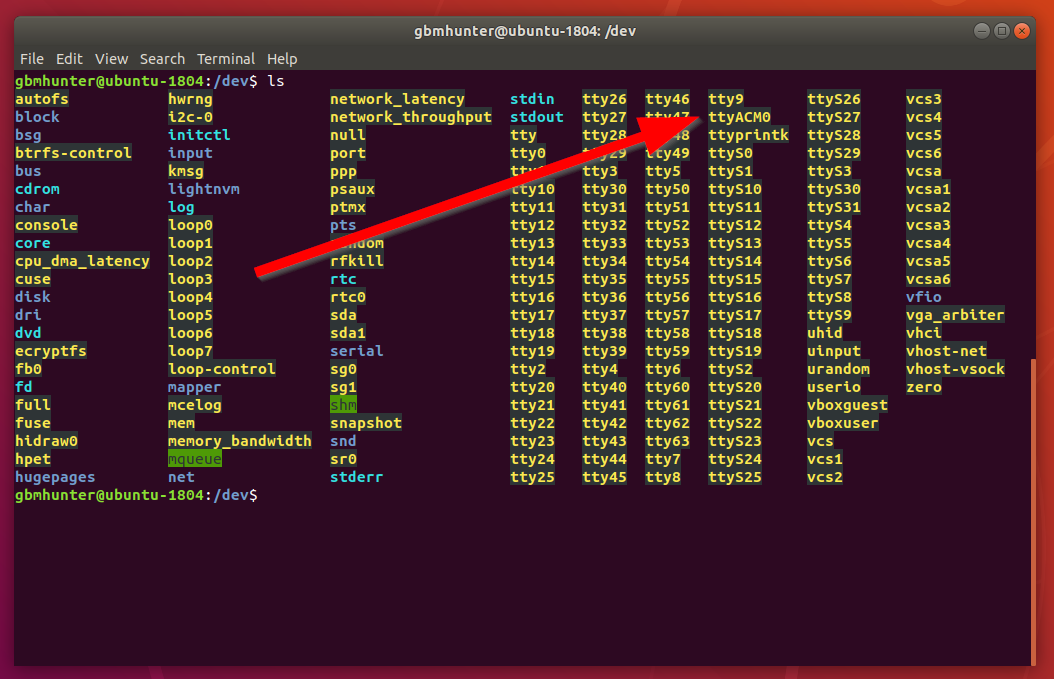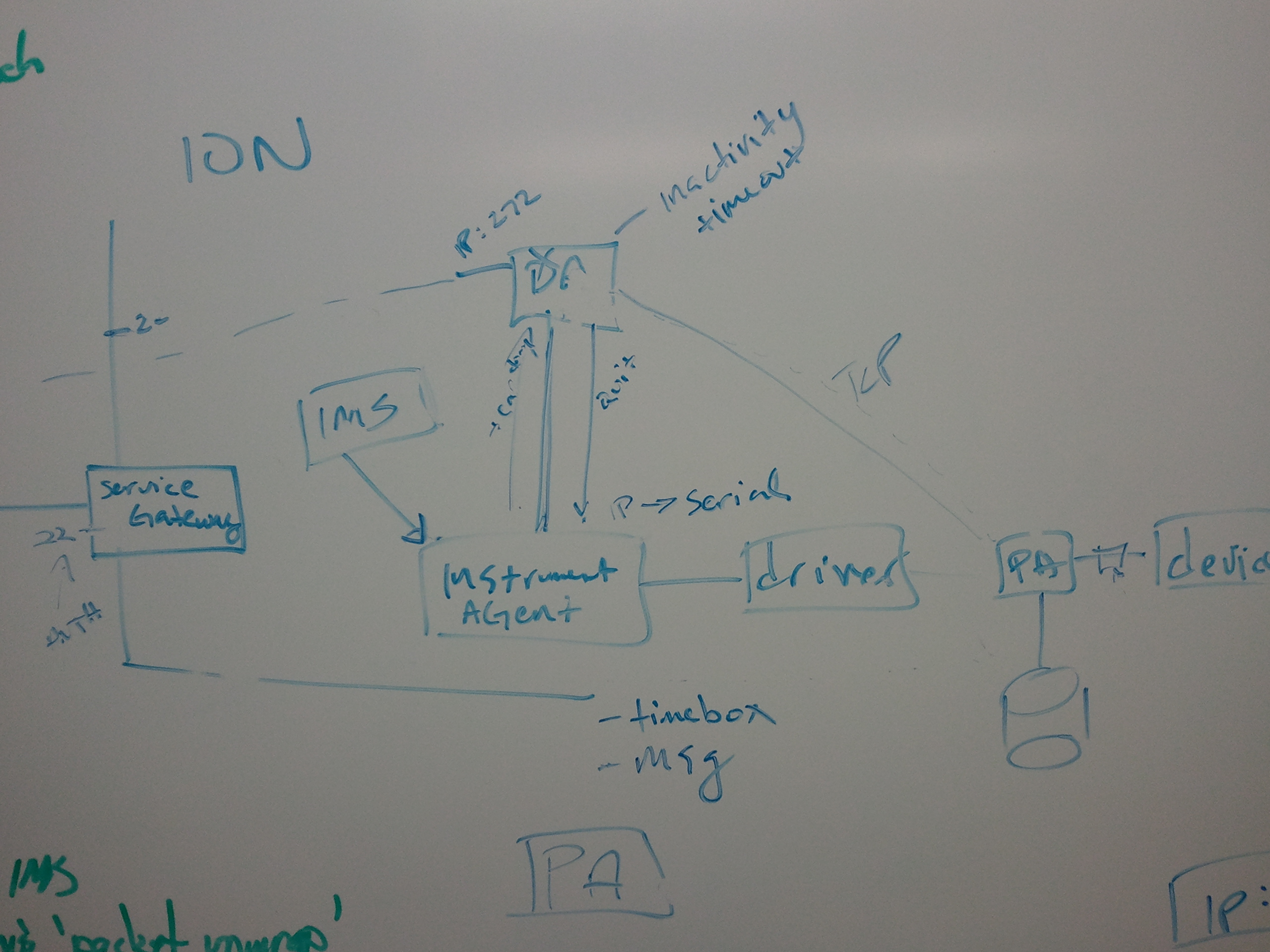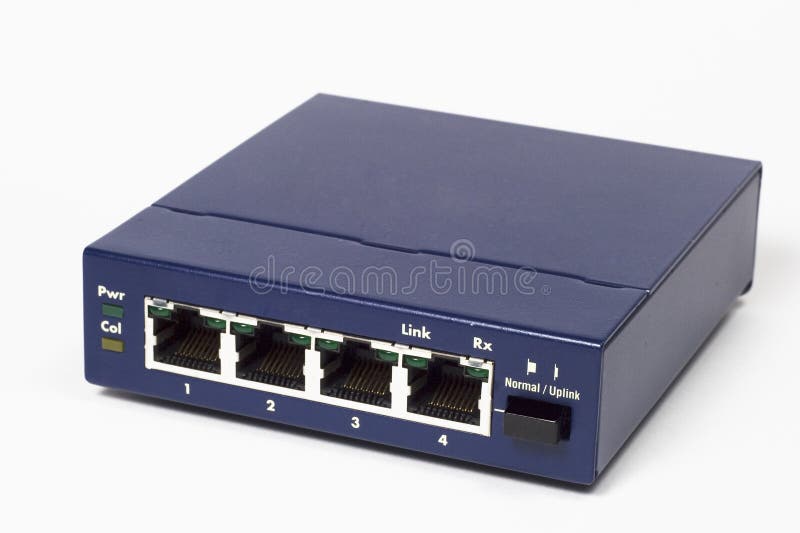

- SOCAT SERIAL PORT BAUD RATE HOW TO
- SOCAT SERIAL PORT BAUD RATE PORTABLE
- SOCAT SERIAL PORT BAUD RATE SOFTWARE
- SOCAT SERIAL PORT BAUD RATE CODE
The file Executor.h begins as follows:īefore the thread pool is created, the OnRun() callback function is invoked if it is supplied. We will encapsulate this functionality in the Executor class, in the library ASIOLib. If the number of threads is created based on automatic determination of hardware resources, the application will automatically scale, even without recompilation, as improved hardware is used. This provides a very scalable system based on hardware resources - the more threads that call the run() method, the more threads are available to service functions that have been posted. A worker thread is a user-created thread that calls the run() method of the boost::asio::io_service object. As timers expire, signals are raised, data is available for reading, or worker threads become idle, posted functions are serviced, and user-provided callback functions are invoked with the result of the function execution. Asio allows user-defined functions to be posted, and provides its own functions for timers, signal handling, and for performing synchronous and asynchronous I/O to resources such as devices, files, and network ports. Functions are posted to a boost::asio::io_service object that implements the Proactor pattern for asynchronous event dispatch.

In brief, Asio provides synchronous and asynchronous function execution.

We will use several of these libraries, and begin with Asio.įor more information on Asio, please see and, as well as OCI's Boost training course. Members of the C++ Standards Committee participate in Boost development, so it is common for features that are part of Boost to later become part of the C++ Standard Library.Īs of this writing, the current version of Boost, 1.53.0, contains about 120 different libraries, covering a wide variety of features. īoost is a set of libraries written in C++ that works with many modern C++ compilers. For this, we will use the Boost.Asio library.
SOCAT SERIAL PORT BAUD RATE CODE
BOOST ASIOĪs serial interfaces are available on a large number of different computer architectures, it is useful to write code to read from and write to serial ports in a platform-independent way. This code has been tested under 64-bit Windows 7 with Visual Studio 2010 and Boost 1.51, as well as under 64-bit Ubuntu 12.10 with gcc 4.7.2 (with the -std=c++11 option) and Boost 1.49. The source code of the applications presented here is available in the code archive that accompanies this article.
SOCAT SERIAL PORT BAUD RATE HOW TO
In part II, we will illustrate how to decode that data and publish it with OpenDDS. In part I, we will show how to send and receive data over serial ports using the Boost C++ libraries in order to obtain sensor data.

In this two-part article series, we will use a GPS receiver that supports the NMEA 0183 data specification as an example of a serial device with which to communicate.
SOCAT SERIAL PORT BAUD RATE PORTABLE
Communicating with these devices is a necessity, and, as the machines that they connect to range in architecture, it is important to write code that is portable and can be used in different environments. While physical serial ports may not be as commonplace on new hardware as they once were, many devices still provide serial connectivity by creating virtual serial ports in the operating system that are associated with USB interfaces.Įxternal modems may be the most familiar serial device, but many devices communicate serially, such as bar code scanners, printers, LCD panels and the like that are commonly used in the commercial world. Since the early days of the IBM PC, serial ports supporting the RS-232 standard have been used to connect external devices to computers.
SOCAT SERIAL PORT BAUD RATE SOFTWARE
MaBy Charles Calkins, OCI Senior Software Engineer INTRODUCTION


 0 kommentar(er)
0 kommentar(er)
